Take the First Step For Estimate!
- Accurancy
- Efficiency
- Transparency
- Customization
- Time Saving
- Professionalism
- Cost Control
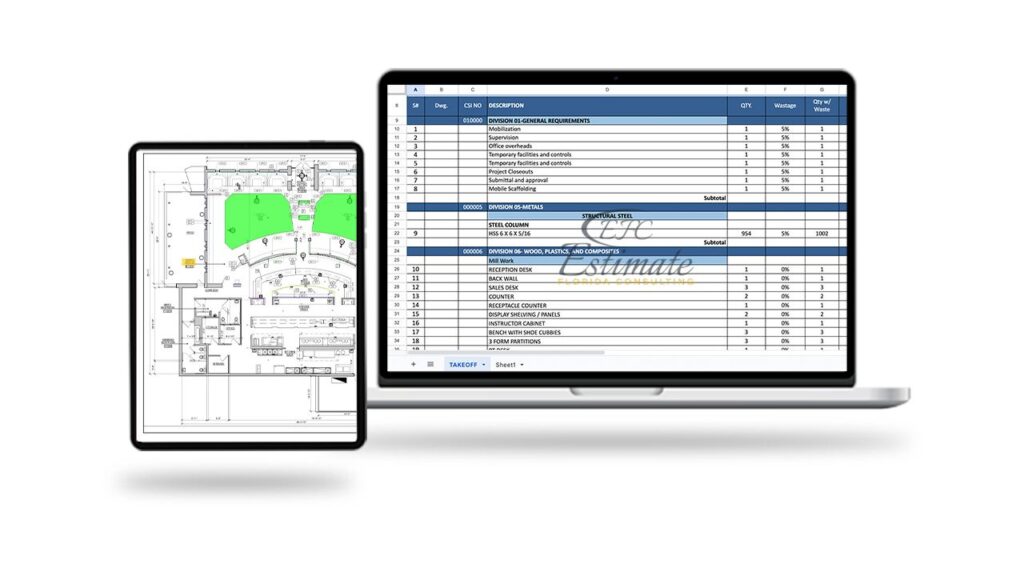
Fire safety is paramount in warehouse operations, where the risk of fire can not only lead to significant financial losses but also endanger lives. Compliance with fire department regulations is not just a legal requirement; it’s a critical investment in safety and sustainability.
Estimating the costs associated with fire department compliance for warehouse buildings involves various factors such as size, occupancy type, and local regulations.
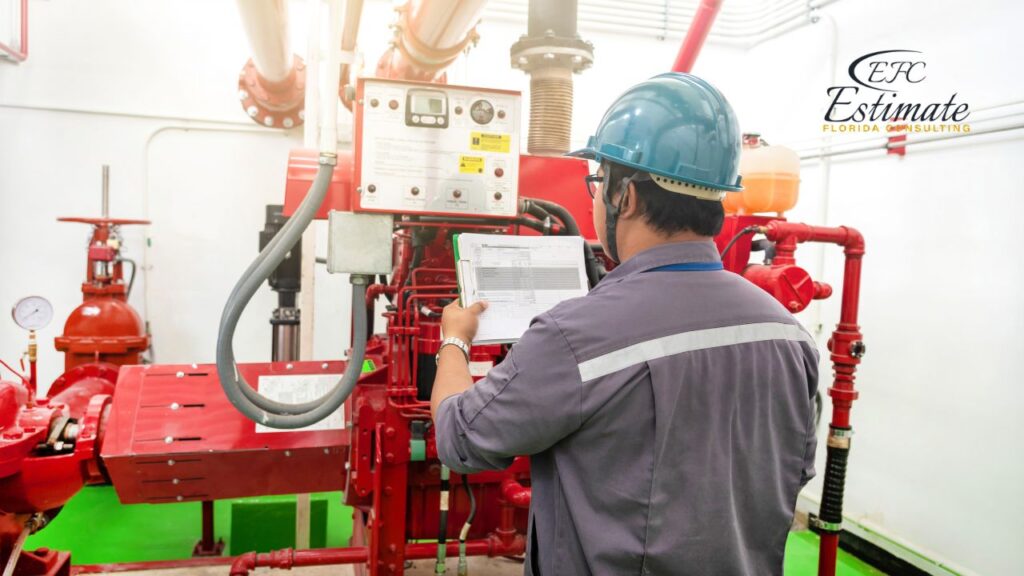
Generally, costs can range from $1 to $8 per square foot for fire suppression systems like sprinklers, $1,000 to $50,000 for fire alarm systems, $500 to $20,000 for extinguishers and emergency lighting, and $500 to $50,000 for fire doors and passive protection measures. These ranges are indicative and can vary significantly based on specific requirements and complexities of the warehouse structure.

Compliance costs for fire safety measures in warehouses vary significantly based on the size of the facility. Small warehouses typically incur basic compliance costs, with additional expenses for installing sprinkler systems potentially doubling the total expenditure. Medium-sized warehouses face higher compliance costs, with additional expenses for sprinkler systems contributing to a significant total investment. Large warehouses encounter substantial starting costs for basic compliance, with potential expenses for sprinkler systems escalating the total compliance costs significantly. Understanding the cost implications is crucial for effective budgeting and compliance planning to ensure adequate fire safety measures are in place.
Warehouse Size | Basic Compliance Costs | Additional Costs (Sprinkler system) | Potential Total Compliance Costs |
Small (up to 10,000 sq ft) | $3,000 to $12,000 | $12,000 to $24,000 or more | – |
Medium (10,001 to 50,000 sq ft) | $12,000 to $60,000 | $60,000 to $120,000 | $120,000 to $300,000 |
Large (over 50,000 sq ft) | Starting from $60,000 | $120,000 to $300,000 or more | Over $600,000 |
In addition to regulatory requirements, adherence to industry standards and best practices is crucial for ensuring compliance and maintaining competitiveness in the market. Industry standards often establish benchmarks for operational efficiency, product quality, and safety protocols, guiding organizations in optimizing processes and mitigating risks. However, implementing industry standards may require investments in equipment, technology, and training to align with prescribed guidelines and specifications.
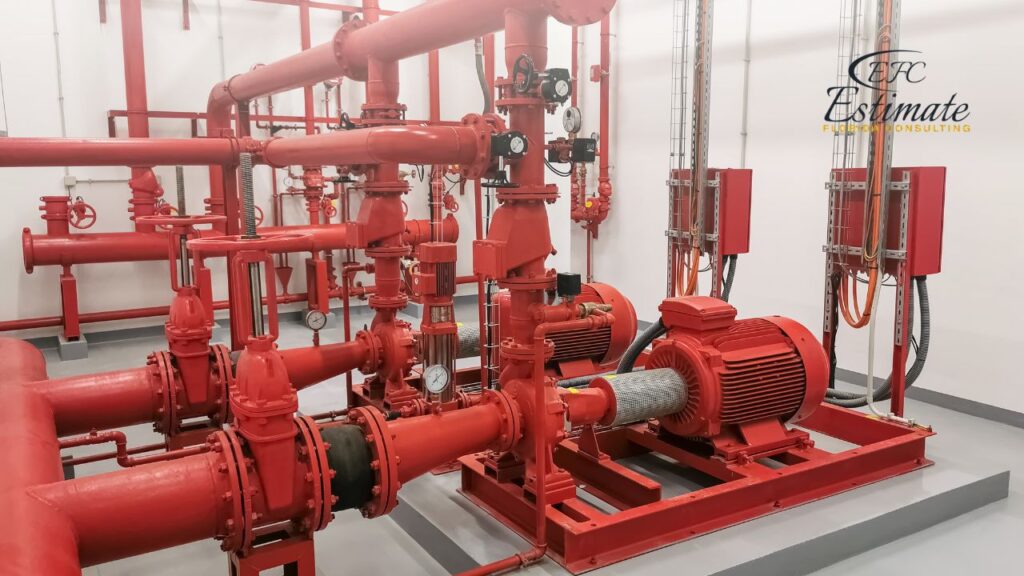
Furthermore, failure to meet industry standards can result in lost opportunities, reduced market share, and diminished customer trust. Therefore, incorporating industry best practices into warehouse operations is essential for enhancing compliance, fostering innovation, and achieving long-term sustainability.
The size and layout of a warehouse play a critical role in determining compliance costs. Larger warehouses often necessitate more extensive monitoring and security measures due to the increased area that needs to be safeguarded. Additionally, the layout of the warehouse can significantly impact factors such as ventilation and fire safety systems. A poorly designed layout may impede airflow, leading to potential hazards or compliance violations. Moreover, the arrangement of storage racks and equipment can affect accessibility and safety protocols, potentially increasing the risk of accidents or regulatory non-compliance. Therefore, investing in efficient layout design and infrastructure improvements can help mitigate compliance costs associated with physical attributes by optimizing space utilization, enhancing safety measures, and ensuring regulatory compliance standards are met.
The nature of materials stored in a warehouse directly influences compliance costs, particularly when dealing with hazardous or high-risk substances. Materials such as flammable chemicals or toxic substances require specialized handling, storage, and disposal methods to comply with regulatory requirements and ensure workplace safety. For instance, storing flammable materials may necessitate the installation of expensive fire suppression systems and containment measures to mitigate the risk of fires or environmental contamination. Furthermore, compliance with regulations governing the transportation, handling, and disposal of hazardous materials adds additional layers of complexity and cost. Therefore, understanding the specific compliance requirements associated with different types of materials is crucial for effectively managing compliance costs and minimizing potential risks to personnel, property, and the environment.
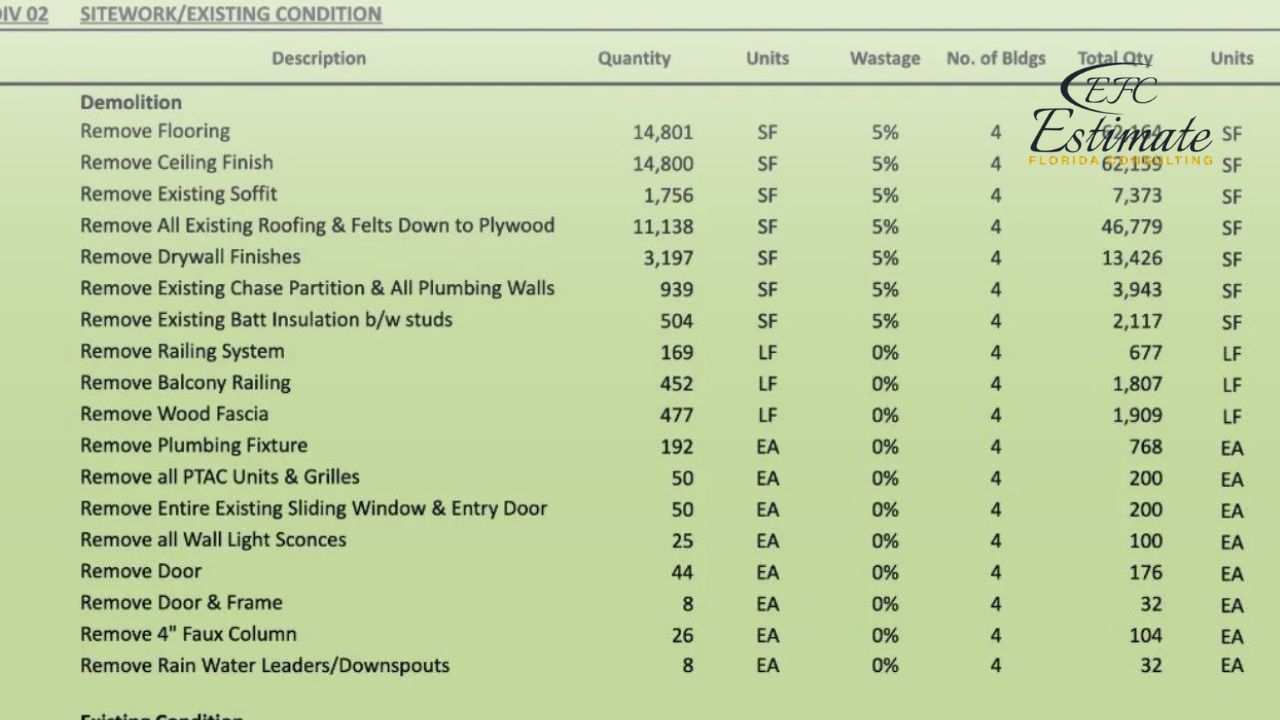
ZIP Code Based Estimate
Highly Accurate
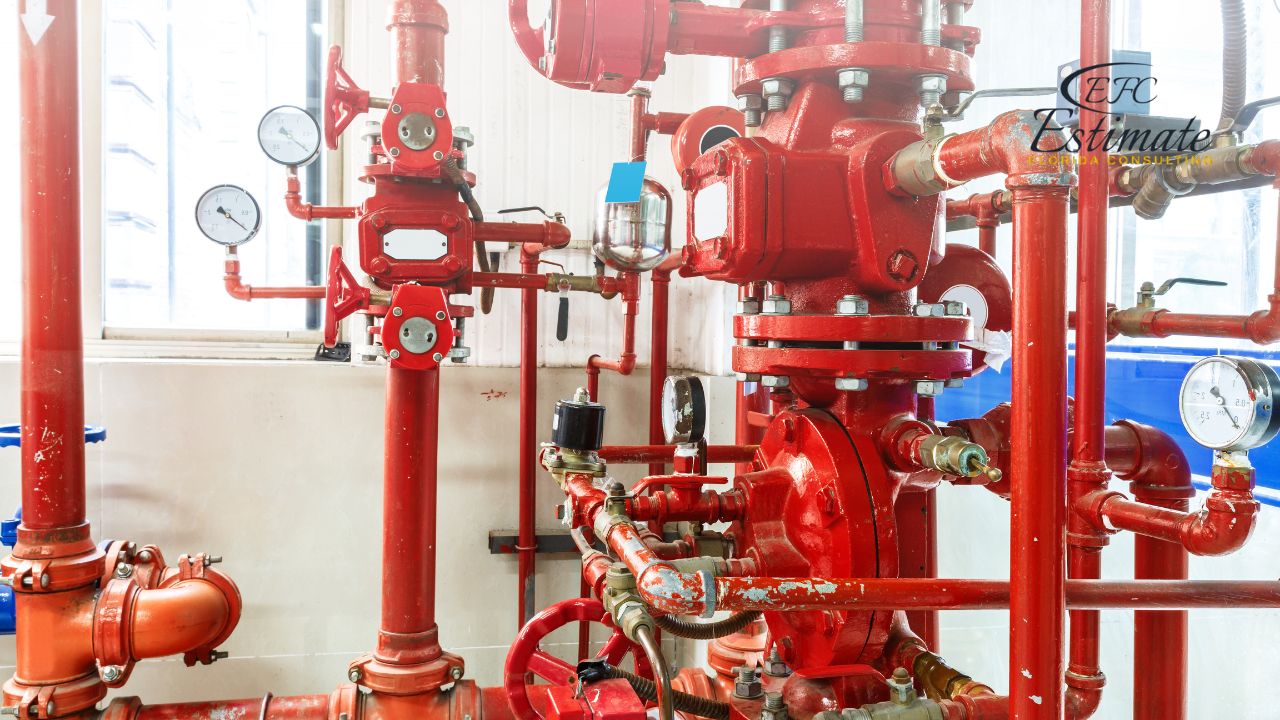
Fully Insured License
Hire Contractor for Warehouse
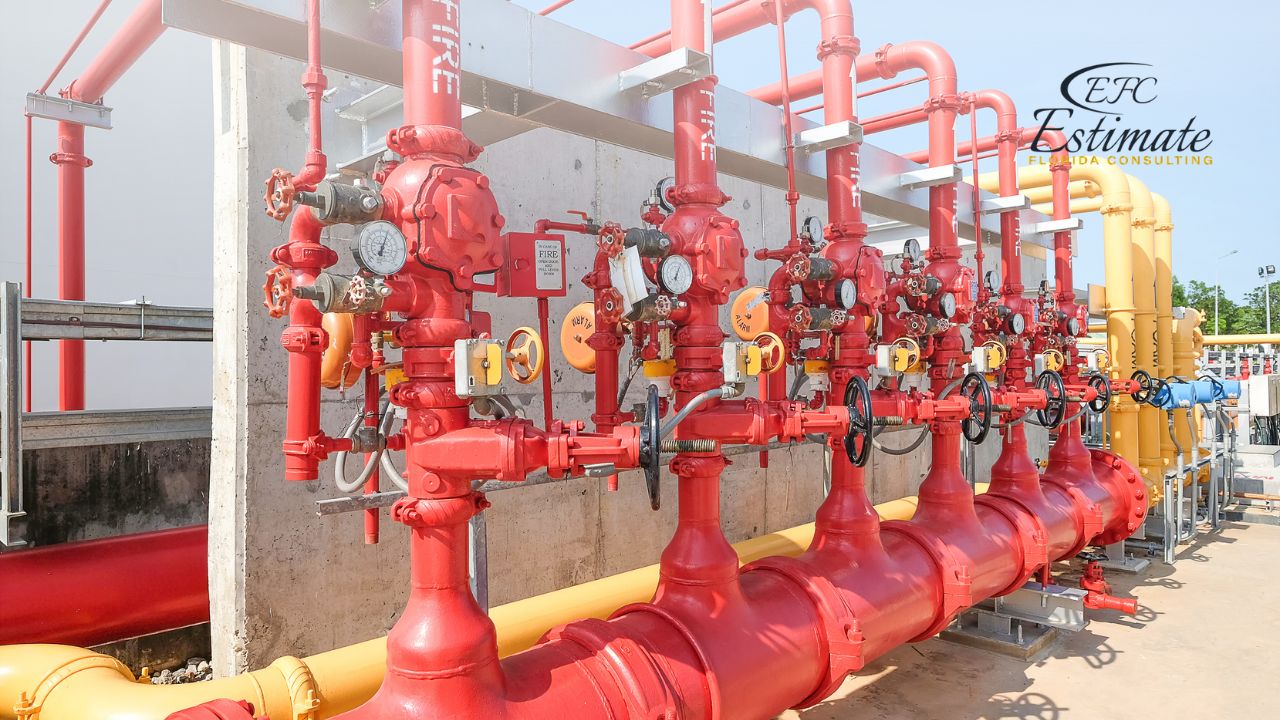
Make Informed Design Decisions Showcase Your Design Ideas
Get RenderingCompliance costs are heavily influenced by the regulatory landscape, encompassing a complex web of local, national, and international regulations governing warehouse operations. These regulations dictate various aspects of warehouse management, including safety standards, environmental protections, labor practices, and product quality control. Staying abreast of regulatory changes and ensuring compliance requires continuous investments in staff training, documentation, and audits to avoid penalties, legal liabilities, and reputational damage. Moreover, the dynamic nature of regulatory frameworks necessitates ongoing monitoring and adaptation to evolving compliance standards, adding to the overall compliance costs. Therefore, proactive engagement with regulatory authorities and industry stakeholders is essential for navigating the regulatory landscape effectively and minimizing compliance-related expenses.
Advancements in technology have revolutionized warehouse management practices, offering new tools and systems for monitoring, reporting, and managing compliance. Automated solutions, such as inventory tracking systems, remote sensors, and predictive analytics, streamline compliance processes, enhance data accuracy, and improve operational efficiency. While these technological innovations hold the potential to reduce compliance costs in the long run, their initial implementation often requires significant upfront investments in infrastructure, software, and staff training. Moreover, the rapid pace of technological change necessitates ongoing upgrades and maintenance to ensure compatibility and effectiveness, adding to the overall cost of compliance. Therefore, carefully evaluating the benefits and costs of adopting new technologies is essential for maximizing their potential to optimize compliance efforts while minimizing associated expenses.
Environmental considerations play an increasingly significant role in shaping compliance costs for warehouses. Regulatory mandates aimed at pollution control, resource conservation, and sustainable practices require organizations to invest in eco-friendly technologies, waste management systems, and energy-efficient infrastructure. While implementing environmentally responsible practices may entail upfront costs, such as installing renewable energy sources or adopting green building designs, they can yield long-term cost savings through reduced energy consumption, waste reduction, and regulatory compliance.
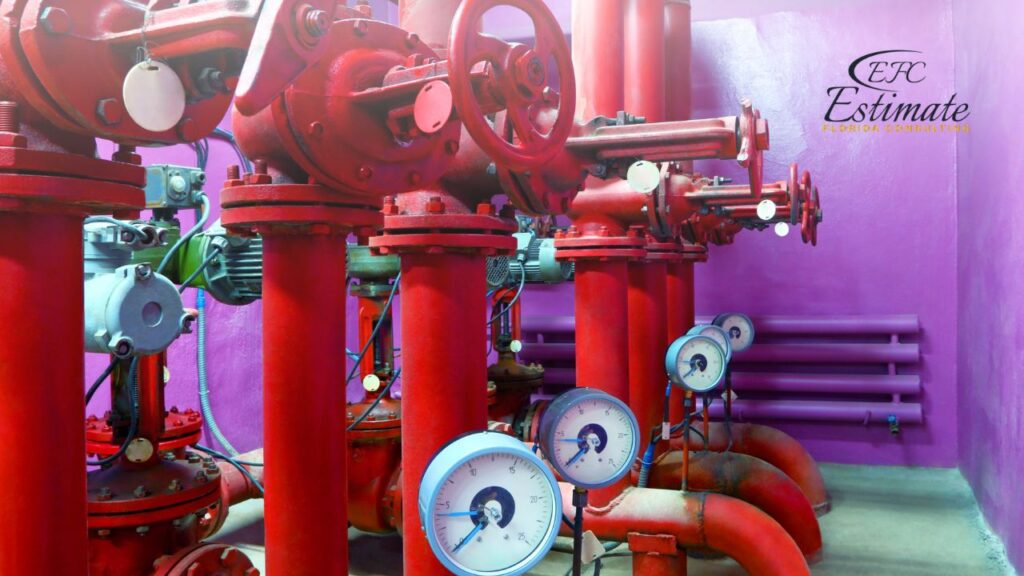
Additionally, proactive environmental stewardship can enhance brand reputation, attract environmentally conscious customers, and mitigate risks associated with regulatory non-compliance or environmental accidents. Therefore, integrating environmental considerations into warehouse operations is essential for achieving compliance objectives, minimizing environmental impact, and maximizing cost-efficiency.
Labor costs represent a significant component of compliance expenses, encompassing wages, benefits, training, and staffing levels required to fulfill compliance obligations effectively. The complexity of compliance tasks, such as staff training, monitoring, and reporting, often necessitates hiring skilled personnel with specialized expertise in regulatory compliance. Labor costs can vary depending on factors such as geographical location, labor market conditions, and the demand for qualified professionals in compliance-related roles. Moreover, turnover rates and workforce shortages can further impact labor costs by necessitating recruitment, onboarding, and retention efforts to maintain staffing levels. Therefore, optimizing workforce management strategies, investing in employee training and development, and leveraging technology to automate routine tasks are essential for managing labor costs and ensuring compliance with regulatory requirements.
The level of enforcement and potential penalties for non-compliance significantly influence compliance costs and risk management strategies for warehouses. Regulatory agencies may impose fines, sanctions, or legal action against organizations that fail to meet compliance standards, resulting in financial liabilities, reputational damage, and operational disruptions. Consequently, businesses may allocate resources towards compliance efforts, such as internal audits, monitoring systems, and legal counsel, to mitigate the risk of non-compliance and potential penalties. Moreover, maintaining transparency, accountability, and cooperation with regulatory authorities is essential for demonstrating a commitment to compliance and minimizing the likelihood of enforcement actions. Therefore, proactive risk assessment, compliance monitoring, and corrective action planning are crucial for managing compliance costs and safeguarding the long-term viability of warehouse operations.
Compliance starts with understanding the specific fire safety codes and standards applicable to warehouse buildings, such as those outlined by the National Fire Protection Association (NFPA) and local fire codes. These regulations cover a wide range of requirements, including the installation of fire alarms, sprinkler systems, proper fire exits, and emergency lighting, all designed to mitigate fire risks.
A Compliance Cost Estimator is a pivotal tool for warehouse owners and managers. It aids in forecasting the financial outlay required to meet or exceed fire safety standards. This foresight is invaluable for budgeting and ensuring that warehouses are not only compliant but also equipped with the best possible fire prevention and response systems.
The initial assessment phase involves a thorough evaluation of the warehouse environment to pinpoint potential fire hazards and compliance shortcomings. This assessment, typically conducted by fire safety experts, examines factors like layout, storage practices, electrical systems, and existing fire protection measures. By identifying ignition sources, fuel sources, and pathways for fire spread, stakeholders can develop targeted fire safety strategies tailored to the specific risks of the warehouse. This assessment sets the stage for subsequent phases of cost estimation, providing critical insights into the scope and scale of fire safety requirements.
Engaging fire safety experts and local fire departments is vital for gaining specialized insights into regulatory compliance and best practices. These consultations inform decision-making regarding fire safety solutions, ensuring alignment with relevant regulations and industry standards. Collaborating with experts fosters proactive fire prevention measures and facilitates effective emergency response planning, enhancing overall safety and compliance efforts.
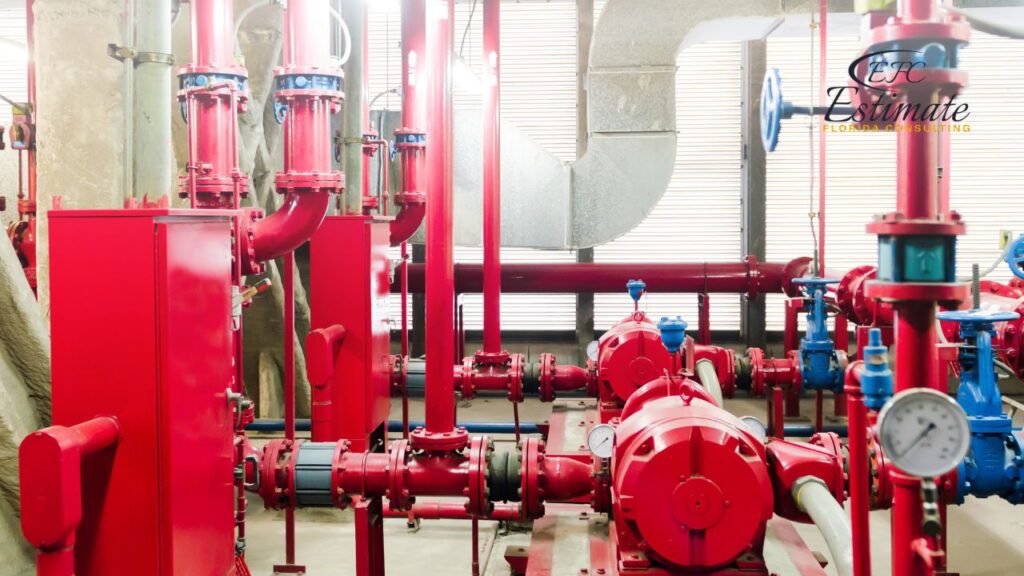
The requirements analysis phase involves a detailed examination of regulatory standards, industry guidelines, and site-specific risk factors. By prioritizing fire safety measures based on their effectiveness and compliance significance, stakeholders can develop a clear understanding of the scope and cost implications of implementation.
A thorough cost breakdown considers expenses for equipment procurement, installation, maintenance, and ongoing operations. Indirect costs, such as training and contingency provisions, are also factored in. This analysis enables stakeholders to identify cost-saving opportunities, prioritize investments, and develop realistic budget projections to support informed decision-making throughout the project lifecycle.
One effective strategy to manage compliance costs is to prioritize investments in preventive measures that reduce the likelihood of non-compliance incidents. By proactively addressing potential risks and vulnerabilities, warehouses can minimize the need for costly emergency responses and mitigate the risk of fines or penalties. This may involve implementing robust safety protocols, conducting regular inspections, and investing in training programs to ensure staff awareness and compliance with regulatory requirements. Additionally, adopting advanced technologies, such as predictive maintenance systems and real-time monitoring solutions, can help identify and address potential compliance issues before they escalate into costly problems.
Let us take your project to the next level! Send us your plans, and we’ll provide a detailed estimate with competitive pricing. Our ZIP Code-based approach means better accuracy and a 90% higher chance of winning bids. Get personalized, no-shortcut service every time.
Regular maintenance and compliance audits are essential components of a proactive compliance management strategy. By conducting routine inspections and audits, warehouses can identify and address compliance deficiencies early on, reducing the risk of costly non-compliance incidents. Scheduled maintenance activities, such as equipment servicing, facility upgrades, and safety system checks, help ensure that critical infrastructure remains in optimal condition and compliant with regulatory standards. Moreover, compliance audits provide valuable opportunities to assess the effectiveness of existing compliance measures, identify areas for improvement, and allocate resources more efficiently to address high-priority compliance risks.
Exploring financing options can help warehouses offset the upfront costs associated with compliance investments. This may involve securing loans, lines of credit, or other forms of financing to fund capital-intensive compliance projects, such as infrastructure upgrades or equipment purchases. Additionally, leasing or rental arrangements for compliance-related equipment and services can spread costs over time, easing the financial burden on warehouses. By leveraging financing options effectively, warehouses can accelerate compliance initiatives while preserving cash flow and maintaining financial flexibility.
Insurance coverage can serve as a valuable risk management tool for warehouses seeking to manage compliance costs. By obtaining appropriate insurance policies, such as property insurance, liability insurance, or environmental liability coverage, warehouses can transfer certain compliance-related risks to insurers, reducing the financial impact of potential incidents or claims. Insurance coverage can provide financial protection against property damage, business interruption, legal expenses, and regulatory fines or penalties resulting from non-compliance incidents. Moreover, working closely with insurance brokers or risk management professionals can help warehouses identify and mitigate compliance-related risks more effectively, optimizing insurance coverage to align with specific compliance requirements and business objectives.
Government grants, subsidies, and incentives can provide valuable financial support to warehouses investing in compliance initiatives. Many government agencies offer funding programs and tax incentives to encourage businesses to adopt environmentally sustainable practices, enhance workplace safety, and comply with regulatory requirements. Similarly, industry associations, trade groups, and professional organizations may offer resources, training programs, and networking opportunities to support compliance efforts and facilitate knowledge sharing among peers. By leveraging government and industry support, warehouses can access additional resources and expertise to implement cost-effective compliance solutions and stay ahead of regulatory requirements.
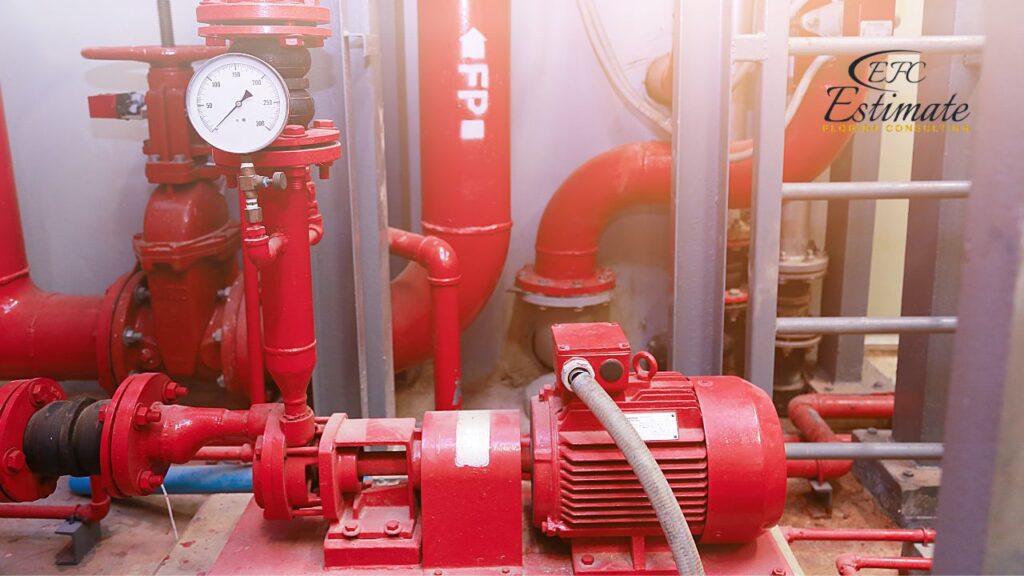
Smart Smoke Detectors and Alarms: These devices go beyond traditional smoke detection by incorporating IoT capabilities, allowing for remote monitoring and real-time alerts to mobile devices.
Infrared and Laser Smoke Detection: Offering faster response times to smoke presence, these systems can detect smoke particles invisible to the naked eye, ideal for large spaces with high ceilings.
Video Image Smoke and Flame Detection: Utilizing video analytics, this technology detects changes in the visual environment, identifying smoke and flames faster than traditional sensors, especially in large, open areas.
Integration of IoT for Real-Time Monitoring: IoT integration enables a holistic view of fire safety throughout the warehouse, facilitating immediate response and detailed incident analysis.
Water Mist Systems: These systems use fine water sprays to extinguish fires by cooling the fire and displacing oxygen. They are effective and cause minimal water damage, suitable for electronics and valuable goods.
Clean Agent Fire Suppression Systems: Non-water-based systems like FM-200 and NOVEC 1230 provide quick, residue-free suppression, protecting sensitive equipment without the cleanup required after traditional water-based systems.
Foam Suppression Systems: For warehouses storing flammable liquids, foam systems can quickly suppress fires by forming a barrier between the fuel and the air, effectively stopping the fire’s spread.
Automatic Fire Suppression Systems: These are designed to work in conjunction with detection systems, activating suppression mechanisms automatically upon detection of fire, ensuring rapid response even when the facility is unmanned.
While the initial investment in advanced fire safety technologies can be significant, the long-term benefits often outweigh these costs. These benefits include not only a reduction in potential damage and lower insurance premiums due to enhanced safety measures but also compliance with stringent fire safety regulations. Moreover, these systems can prevent major business interruptions, saving significant costs and safeguarding the company’s reputation.
Navigating fire department compliance costs for warehouse buildings involves a multifaceted approach, considering factors such as the physical attributes of the facility, types of materials stored, regulatory requirements, industry standards, technological advancements, environmental considerations, labor costs, enforcement measures, and financing options. By understanding these factors and implementing effective compliance strategies, warehouse owners and managers can mitigate risks, enhance safety, and ensure regulatory compliance while optimizing cost-efficiency. Moreover, leveraging innovative fire detection and suppression technologies can offer long-term benefits, including reduced damage, lower insurance premiums, and uninterrupted business operations. Ultimately, investing in fire safety not only protects assets and personnel but also safeguards the reputation and sustainability of warehouse operations in the face of fire-related risks.
Essential measures include fire suppression systems (e.g., sprinklers), fire alarm systems, extinguishers, emergency lighting, fire doors, and passive protection measures.
Factors include warehouse size, occupancy type, local regulations, and installation complexity. Costs typically range from $1 to $8 per square foot.
Costs range from $1,000 to $50,000, depending on warehouse size, number of zones, detection device complexity, and notification appliances.
Estimation helps owners budget effectively for safety measures. Compliance isn’t just legally required but also vital for safety and sustainability, protecting both property and lives.
Here I am going to share some steps to get your fire department compliance cost for warehouse buildings estimate report.
You can send us your plan on info@estimatorflorida.com
Before starting your project, we send you a quote for your service. That quote will have detailed information about your project. Here you will get information about the size, difficulty, complexity and bid date when determining pricing.
Our team will takeoff and estimate your project. When we deliver you’ll receive a PDF and an Excel file of your estimate. We can also offer construction lead generation services for the jobs you’d like to pursue further.

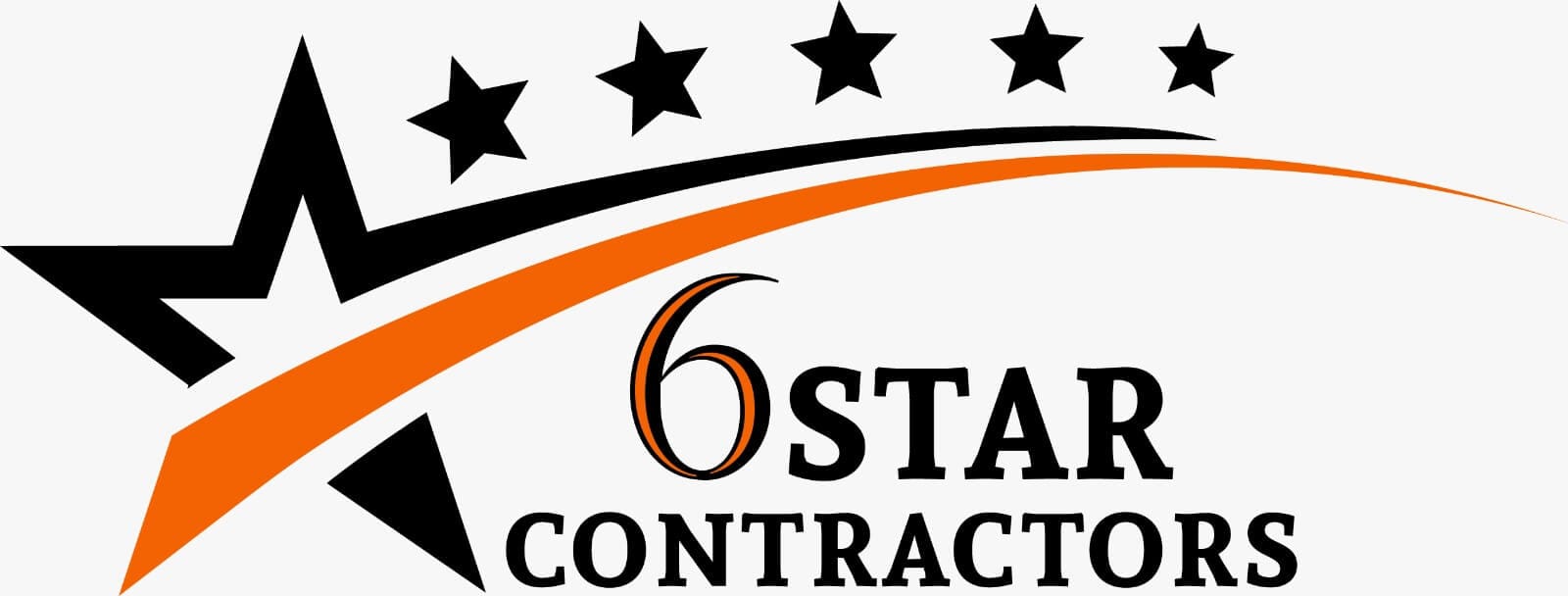

561-530-2845
info@estimatorflorida.com
Address
5245 Wiles Rd Apt 3-102 St. Pete Beach, FL 33073 United States
561-530-2845
info@estimatorflorida.com
Address
5245 Wiles Rd Apt 3-102 St. Pete Beach, FL 33073 United States
All copyright © Reserved | Designed By V Marketing Media | Disclaimer